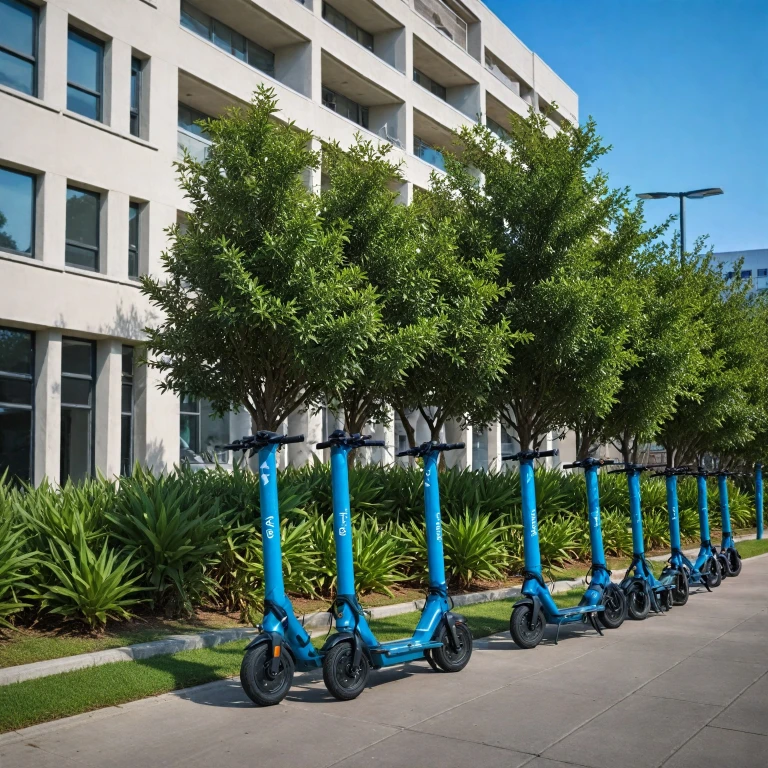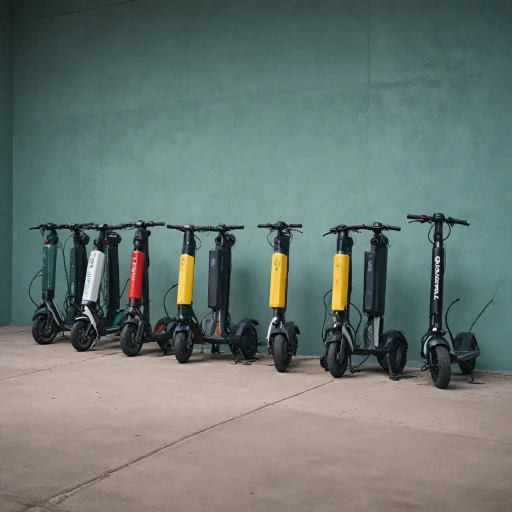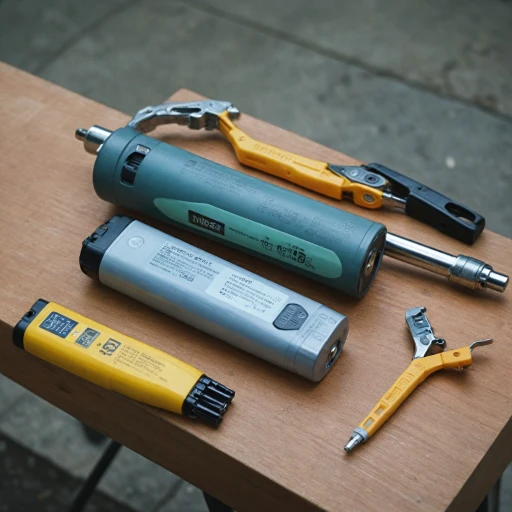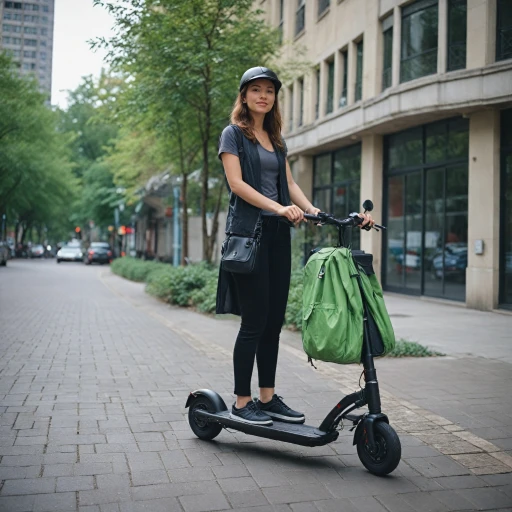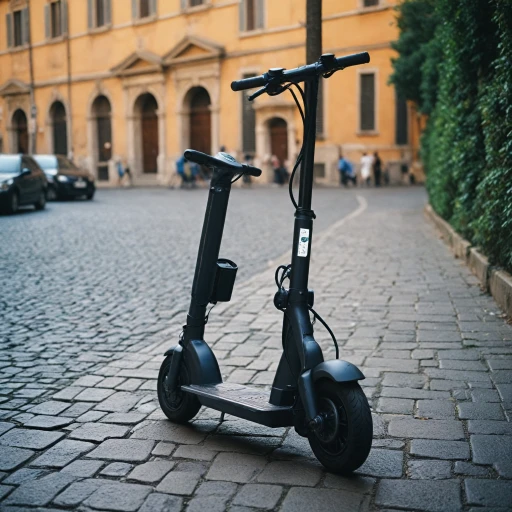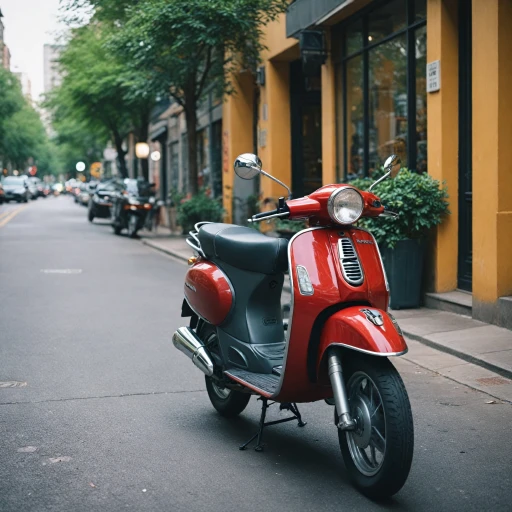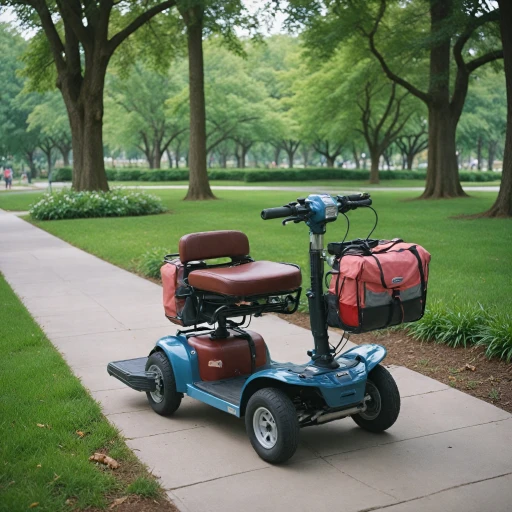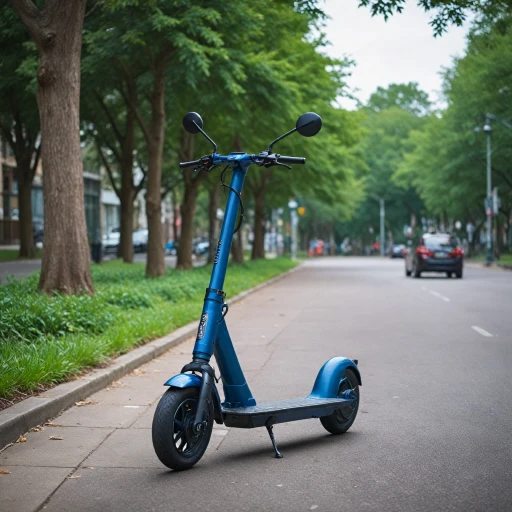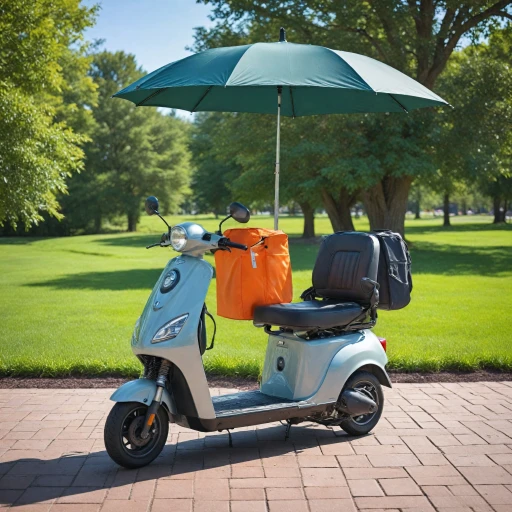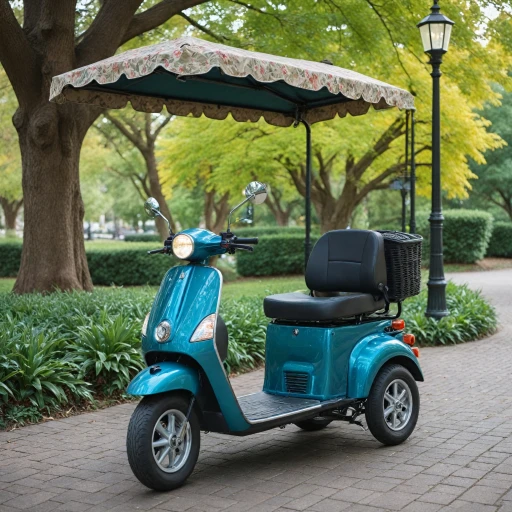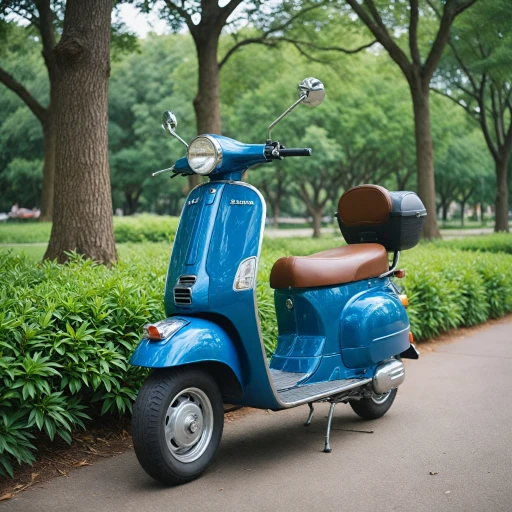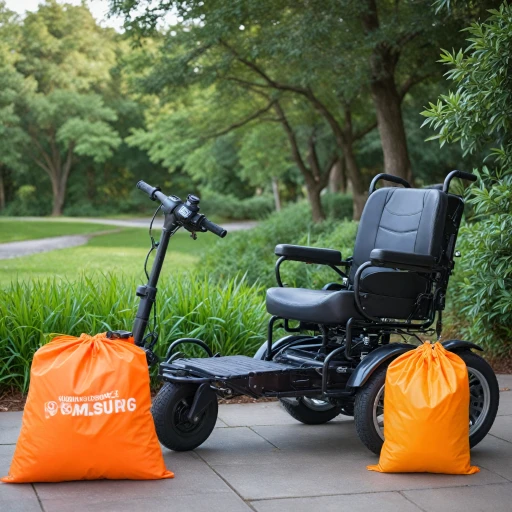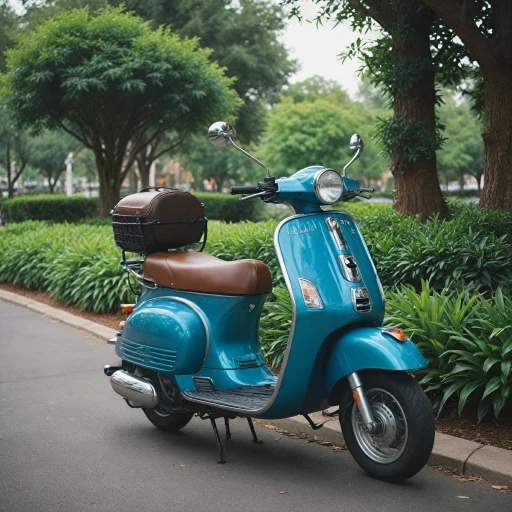
Understanding Your Scooter's Battery
Grasping the Basics of Your Battery
Understanding the battery that powers your electric scooter is essential for efficient operation and long-lasting performance. Most modern electric scooters are equipped with lithium-ion batteries, known for their high energy density, light weight, and longer lifespan compared to other types of batteries. An in-depth knowledge of your scooter's battery can significantly influence your charging practices and decisions. Lithium-ion batteries are sensitive to overcharging and discharging, which may lead to damage. Always ensure that your battery is charged properly by using the appropriate charger. Using the original charger provided by the manufacturer is often the best practice to avoid potential battery damage. Key Points to Consider:- Voltage Compatibility: Always check the voltage requirements of your battery and ensure that your charger matches this specification. Choosing a mismatch in voltage can not only damage the battery but also reduce its lifespan.
- Charging Port Inspection: Regularly inspect the charging port for any dust or debris as these may hinder the charging process.
- Battery Life Maximization: To extend your battery life, avoid letting the battery run completely flat before charging it again. Regular, shorter charges can often be more beneficial, maintaining optimal battery health.
Choosing the Right Charger
Identifying the Right Charging Equipment
Choosing the correct charger for your electric scooter is crucial for maintaining battery health and ensuring efficient charging. Not all chargers are created equal, and using the wrong one can lead to costly damage.- Compatibility: Always confirm compatibility between your scooter and the charger. Check the voltage and current ratings on both the scooter's battery and the charger to ensure they match.
- Original Charger: It is recommended to use the original charger that came with your scooter. This aligns best with the battery's specifications and avoids potential compatibility issues.
- Avoid Universal Chargers: While they might seem convenient, universal chargers can be risky. For the best electric scooter experience, stick with either the original charger or a brand-specific replacement.
- Lithium Ion Specifics: If your scooter uses lithium ion batteries, a charger designed specifically for ion batteries is essential. It ensures the battery is fully charged without overcharging.
Step-by-Step Charging Process
Preparing to Charge Your Electric Scooter
Before you begin the charging process, ensure you have the best electric scooter charger for your model. Using the original charger is crucial to avoid potential damage to the battery. Check the voltage and compatibility of the charger with your scooter's battery specifications.
Connecting the Charger
Locate the charging port on your electric scooter. It is usually covered with a protective cap to prevent dust and moisture from entering. Remove the cap and carefully plug the charger into the port. Make sure the connection is secure to ensure efficient charging.
Powering Up the Charger
Once the charger is connected to the scooter, plug the charger into a power outlet. It's best to use a stable power source to avoid fluctuations that could damage the battery. A light indicator on the charger will typically show that the charging process has started.
Monitoring the Charging Process
Keep an eye on the charging light indicator. Most chargers have a light that changes color or turns off when the battery is fully charged. Avoid overcharging, as this can reduce the battery life. If your scooter doesn't have an automatic shut-off feature, set a timer to remind you to unplug the charger.
Final Steps
Once the battery is fully charged, unplug the charger from the power outlet first, then from the scooter. Replace the protective cap on the charging port to keep it safe from dust and moisture. Regularly charging your scooter correctly will help maintain its battery life and ensure a smooth ride.
For those looking to enhance their ride, consider checking out the best mobile phone holders for mobility scooters to keep your device secure while on the go.
Optimal Charging Times and Frequency
Determining the Ideal Charging Schedule
When it comes to ensuring your electric scooter is always ready for the next adventure, understanding the best times and frequency for charging can make a significant difference. Overcharging or irregular charging patterns can damage battery life, so it's important to follow some key guidelines.
To begin with, once you notice the battery level of your scooter dipping below a certain threshold, it is advisable to plug your charger right away rather than waiting for it to fully deplete. Lithium ion batteries are designed to perform best when kept at a moderate charge level, thus avoiding unnecessary strain.
Timing is Key
Charge your scooter overnight or when you're not in immediate need to ride it. The best time to charge electric scooters is when you won't require it for several hours, allowing the scooter battery to reach a state of being fully charged without interruptions.
Ensure that the battery charger is appropriately matched with the battery's voltage. Using the original charger provided by the manufacturer is always recommended as it minimizes the risk of damage battery issues.
Keep Charging Intervals Consistent
Develop a charging routine that suits your daily or weekly usage. By keeping a consistent charging schedule, you can maintain optimal battery performance for extended battery life. Remember, though, to check the battery life periodically. Avoid unnecessary charge cycles by charging only when needed.
Lastly, even when your scooters have a charge electric indicator light, it’s a good practice to check on the charging status periodically. When the battery is fully charged, unplug the charger to conserve energy and preserve the battery.
Troubleshooting Charging Issues
Identifying and Resolving Charging Problems
Encountering charging issues can be frustrating, especially when you just want to hop on your electric scooter and go for a ride. To keep things running smoothly, it’s crucial to recognize potential problems and understand how to address them. There’s no need to dive into panic mode; many charging issues can be resolved with some basic troubleshooting.- Check the connections: Always start by making sure all connections are secure. Ensure that your charger is properly plugged into the charging port and the outlet. A loose connection could disrupt the charging process.
- Inspect the charger: Look for any signs of damage on the charger itself. A faulty or damaged charger can prevent your battery from charging correctly. Replacing with the best electric scooter charger, preferably the original charger, can often resolve problems.
- Assess the charging port: Dirt or debris in the charging port can interfere with the charging process. Clean the port gently to ensure nothing is blocking the connection.
- Examine for voltage compatibility: Voltage discrepancies between the charger and the scooter's battery can lead to charging issues. Double-check that the charger matches the voltage requirements of your scooter.
- Monitor the indicator lights: Most scooters and chargers have indicator lights that signal when the device is charging or fully charged. If the light remains off or shows unusual patterns, it might indicate an issue.
Battery Maintenance and Care Tips
Preserving Your Electric Scooter's Battery Health
Proper care and maintenance of your electric scooter's battery are crucial in extending its life and ensuring optimal performance. Here are some practical tips to help you maintain your scooter battery:- Monitor Voltage Levels: Regularly check the battery voltage to ensure it is within the recommended range. Keeping voltage levels consistent helps avoid any unexpected power issues and prolongs battery life.
- Keep it Clean and Dry: Ensure the battery compartment is free of dust, debris, and moisture. This prevents any potential damage and keeps the battery functioning efficiently.
- Avoid Extreme Temperatures: Store and charge your electric scooter in temperature-controlled environments. Exposing it to extreme hot or cold temperatures can degrade the battery's performance and lifespan.
- Regularly Inspect the Charging Port: Check the charging port for any debris or damage that could impede the charging process. A clean and well-maintained charging port ensures a stable connection with your charger.
- Use the Original Charger: Stick with the charger that came with your electric scooter, as it is specifically designed to provide the best charging parameters for your battery. Using a generic charger can result in improper charging and potential damage.
- Avoid Overcharging: Once the lithium-ion battery is fully charged, unplug the charger to avoid overcharging. This practice helps in maintaining the battery's health and ensures it delivers peak performance.
- Light Charging Routine: For scooters that are frequently used for short distances, try not to charge the battery fully each time. Partial charging is acceptable for lithium-ion batteries and can be beneficial in certain situations.
